Anime, or Japanese animation, has been around for over a century, with roots dating back to the early 1900s. Since then, anime has evolved tremendously, both in terms of its artistic style and storytelling. In this article, we will take a look at how anime has evolved through the years.
Early Anime: The Silent Era (1917-1930s)
The first anime film was released in 1917, titled "Katsudo Shashin" (Moving Picture), directed by Jun'ichi Kouchi. During this time, anime was in its silent era and was primarily focused on creating short films featuring simple animation techniques. These early anime films drew inspiration from Western animation, including the works of Walt Disney.
The Pre-World War II Era (1930s-1945)
In the 1930s, anime began to gain popularity in Japan, and the industry started to grow. During this time, anime was used for propaganda purposes, and the Japanese government produced anime films to promote nationalism and militarism. This period saw the development of iconic anime characters such as Astro Boy and Godzilla.
Post-War Era (1945-1960s)
After the end of World War II, Japan underwent significant social and cultural changes, and anime reflected these changes. During this time, anime evolved from being a tool of propaganda to a form of entertainment. Anime series such as "Tetsujin 28-go" (Gigantor) and "Kimba the White Lion" became popular in Japan and overseas.
Golden Age of Anime (1960s-1980s)
The 1960s saw the beginning of the golden age of anime. During this time, anime gained mainstream acceptance in Japan, and animation studios started to produce anime series with complex storytelling and dynamic characters. The most notable anime of this era was "Space Battleship Yamato" (Star Blazers), which was the first anime series to have a continuous story arc.
The 1970s saw the emergence of the mecha genre, which featured giant robots controlled by human pilots. This genre became popular with the release of "Mobile Suit Gundam," which spawned a franchise that continues to this day. Other notable anime of this era include "Lupin III," "Captain Harlock," and "Galaxy Express 999."
The 1980s were marked by the rise of shonen anime, which targeted young boys. This era saw the emergence of iconic anime franchises such as "Dragon Ball," "Saint Seiya," and "Fist of the North Star." It was also during this time that anime started to gain popularity in the West, with anime series such as "Robotech" and "Voltron" being dubbed and aired on television.
Modern Era (1990s-Present)
The 1990s saw the rise of anime fandom worldwide, with anime conventions and fan clubs popping up around the globe. During this time, anime became more diverse, with a wider range of genres and styles. The most notable anime of this era include "Neon Genesis Evangelion," "Cowboy Bebop," and "Sailor Moon."
In the 2000s, anime continued to grow in popularity, and anime studios started to experiment with new animation techniques and styles. The most notable anime of this era include "Fullmetal Alchemist," "Death Note," and "One Piece."
Today, anime has become a global phenomenon, with millions of fans around the world. The rise of streaming services such as Crunchyroll and Funimation has made it easier than ever to access anime from anywhere in the world. The most popular anime of recent years include "Attack on Titan," "Demon Slayer," and "My Hero Academia.As anime evolved over the years, it has also had a significant impact on popular culture, not just in Japan but around the world. The unique visual style, complex storylines, and relatable characters have attracted audiences of all ages and backgrounds, making anime a truly universal medium.
Moreover, anime has also influenced other forms of media, such as live-action films and TV shows, video games, and even fashion. The popularity of anime has led to the creation of various spin-offs, merchandise, and fan communities, further cementing its place in popular culture.
In conclusion, anime has come a long way since its inception, and its evolution over the years has been fascinating to watch. As anime continues to grow and evolve, it will undoubtedly continue to inspire and captivate audiences around the world.














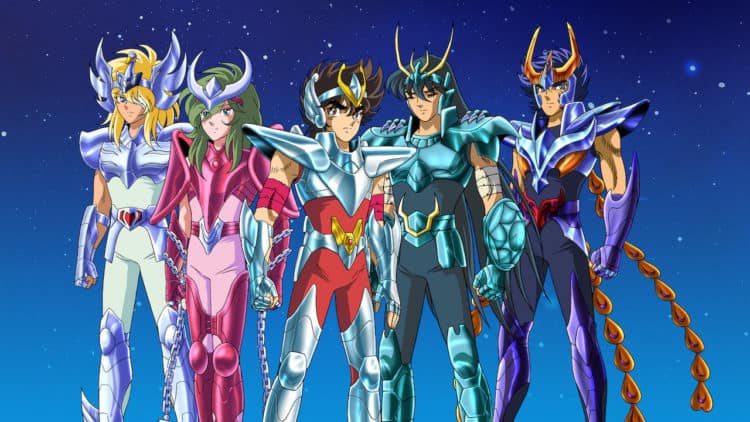


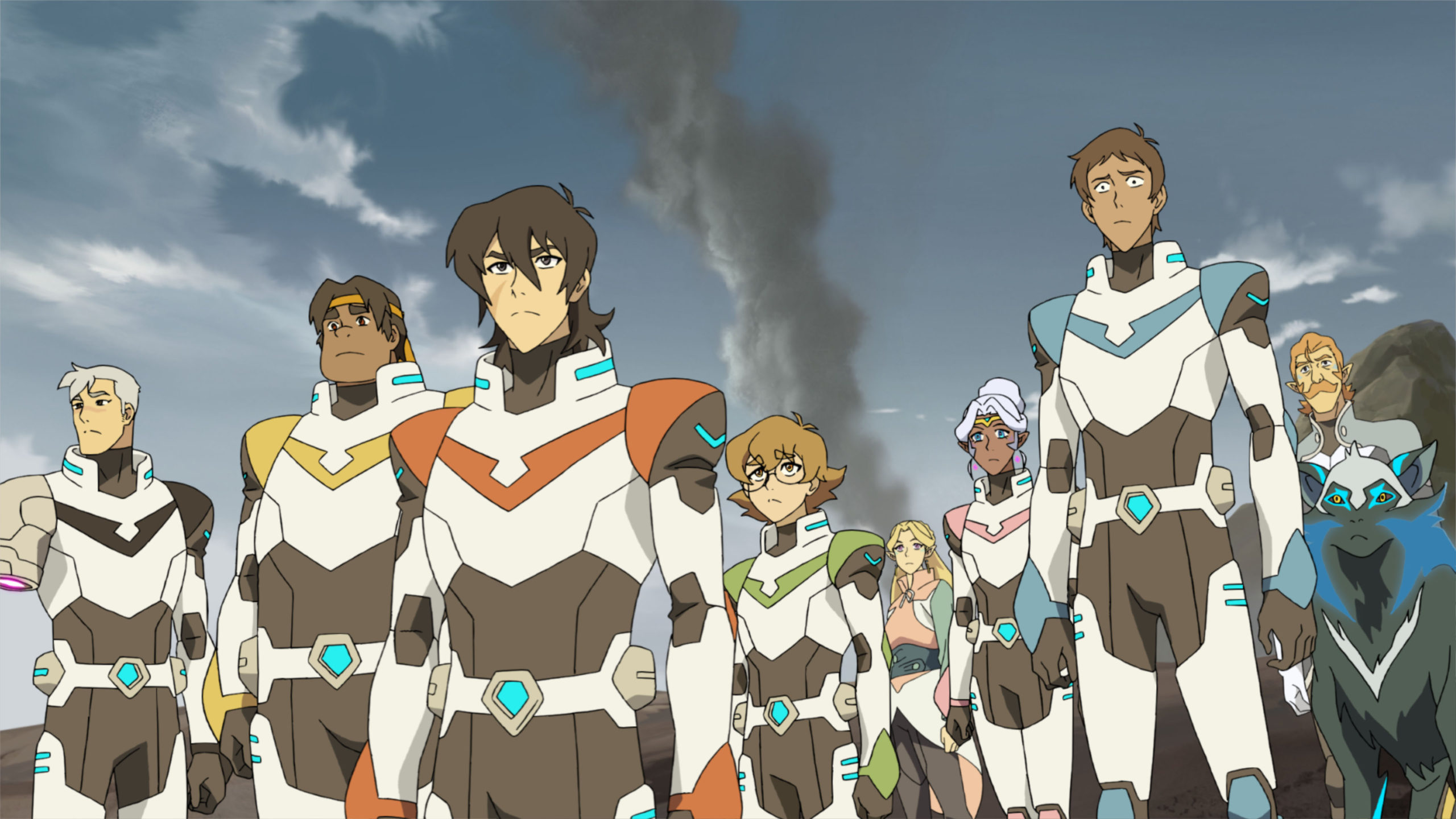
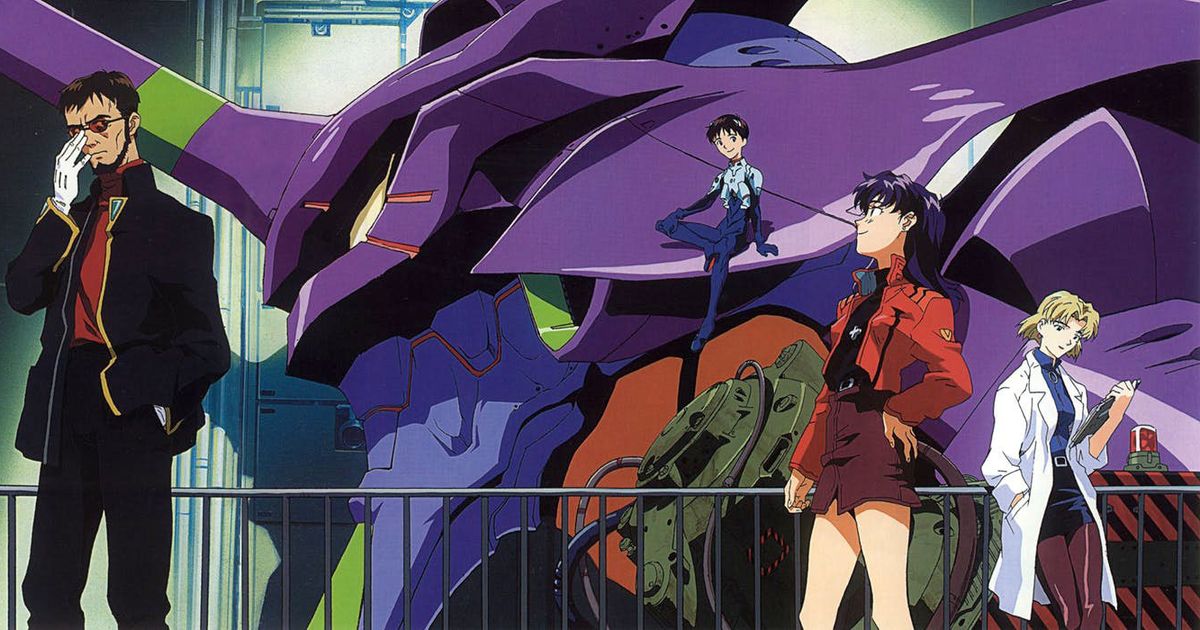
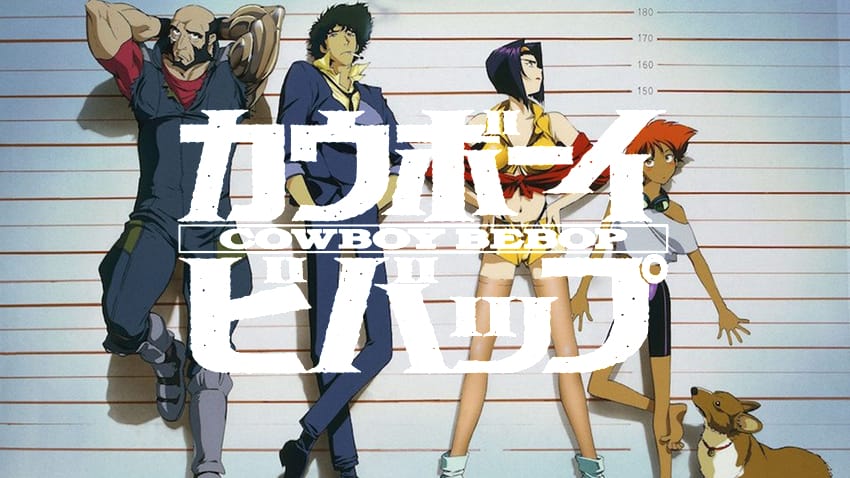

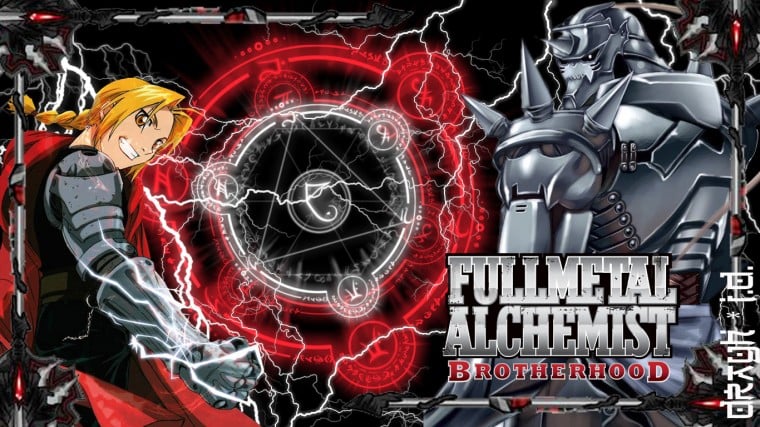


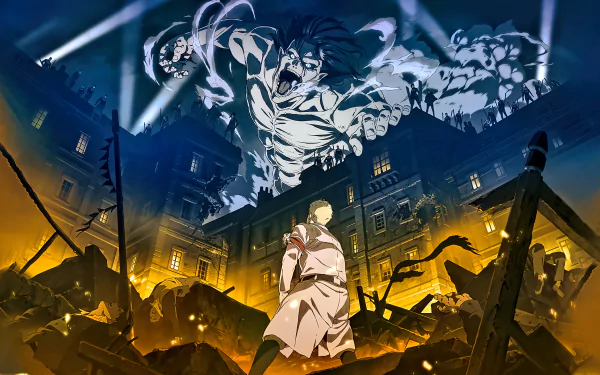


0 Comments